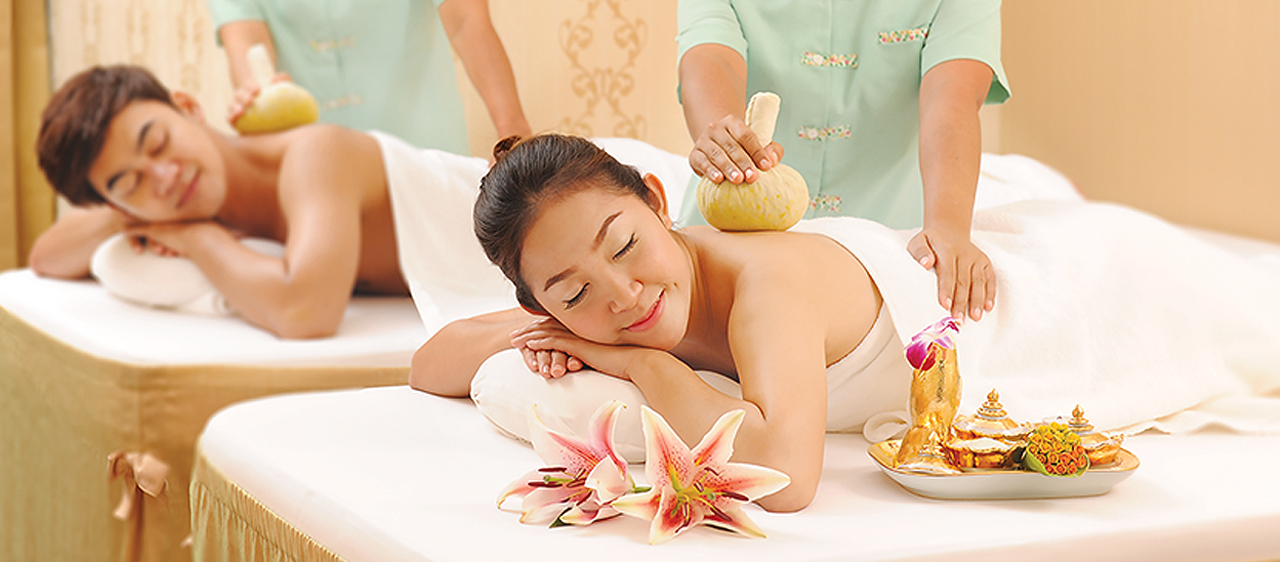Massage is part of a comprehensive treatment in the management of various pathologies. This article will briefly discuss the importance of the prior knowledge needed to perform it, as well as the appropriate means and methods for its execution and the description of its use over time, the specialization of the personnel who perform it and the responsibility of the patient to obtain adequate information before requesting such a service.
Since ancient times, massage has served and been used as a means of treatment for the care of all kinds of ailments, as well as an alternative to restore vigor, health and overall well-being of people, so that they can integrate effectively to their daily tasks.
The massage can be defined as a technical and systematic manipulation, based on scientific concepts, whose objective is to stimulate different types of tissues through various stretches and compressions, in order to obtain a therapeutic effect. The tissues addressed by massage range from the skin and muscular tissue to the nervous, lymphatic and circulatory systems, depending on the technique used and the objective that is selected as a viable mechanism. Therefore, all health personnel who intend to carry out this type of treatment see the imminent need to have knowledge of the anatomy, physiology, kinesiology and pathology of the tissues being treated, in order to be able to draw up a plan of approach, treatment and/or adaptation of the same, if necessary.
History of Massage
The use of massage is a technique as old as mankind, since it has had great importance in different geographical regions, in different social and temporal contexts and has been used by monarchs, the army and the population throughout history.
In Egypt, priests treated the body and mind, papyri and hieroglyphics show manipulation and massage techniques, which were applied alongside other therapeutic measures.
In Greece, massage was used as a way to treat athletes and help them recover from injury. This practice was very common in gyms, as were techniques for the therapeutic use of water.
In some ancient texts from India there are references to massage as part of the hygiene and health measures available to the medicine of that region for the treatment of various ailments, as well as aromatherapy, to name but one example.
In China, massage was one of the most developed techniques for the treatment of pathologies, along with acupuncture and the use of certain medicinal herbs.
Even today, the origins of the concept are somewhat confused, but it tends to be associated with different practices in different cultures and civilizations:
– Masser (French) – to knead
– Mass (Arabic) – to touch gently, to rub, to touch gently.
– Masshech (Hebrew) – to touch, to try.
– Massien (Greece) – to knead, to rub.
Physiological Effects of Massage
The physiological effects of massage involve a complex series of mechanisms that can be summarized as the consequence of several actions that add up and complement each other: direct mechanical action on the tissues, reflex action on the various organs at a distance and psychological action.
These different effects depend largely on the type of massage, its duration, intensity and depth. Let’s keep in mind from this moment that a massage is not the same as another one if we consider its application technique, the complements used, the objective with which they are performed, and even the professional who performs it, and therefore it is necessary to recognize the need for a complete and constant preparation of the person who decides to do it.
Elements and Characteristics of Massage
Professional Massage:
As the word itself indicates, it must be a person trained and with sufficient knowledge to carry out his work, because he will have the integrity of the patient in his hands, and improper handling can have significant negative consequences on the health and quality of life of the patient. Of course, the professional must be aware of his or her own body and have experienced its effects in order to perform the work correctly.
Hygiene Before and During a Massage:
Clothing should be appropriate, comfortable and avoid contact of clothing with the patient. The use of jewelry or accessories that could injure or embarrass the patient should be avoided. Asepsis and antisepsis processes should be performed properly as needed to avoid contamination or infection.
The Work Space for Professional Massage:
It must be a fundamentally lit and ventilated place, and preferably a quiet space, it is recommended that the temperature is between 24 and 27 ° C. For this purpose, it is possible to use instruments that help to generate a soft heat (hot water bottles, infrared, etc.), and the use of soft aromas, soft music, essences, etc. is also appropriate.
Relaxing massage (of any kind) is a tool and a method of manual therapy with undeniable benefits, whose versatility and accessibility make it a very viable option when considering methods of relieving muscular stress, treating specific pathologies or even for a specific purpose. Although it is purely holistic, we must always keep in mind the complexity of its realization, for which it is necessary to take into account the adequate conditions of both the space and the personnel who perform it, in order to effectively enjoy the benefits offered to us or, if necessary, to provide a service of true quality and responsibility.
Do you know any more information about massages worth sharing? Leave it in the comments below.



One thought on “Massage: A Powerful Therapy Treatment”